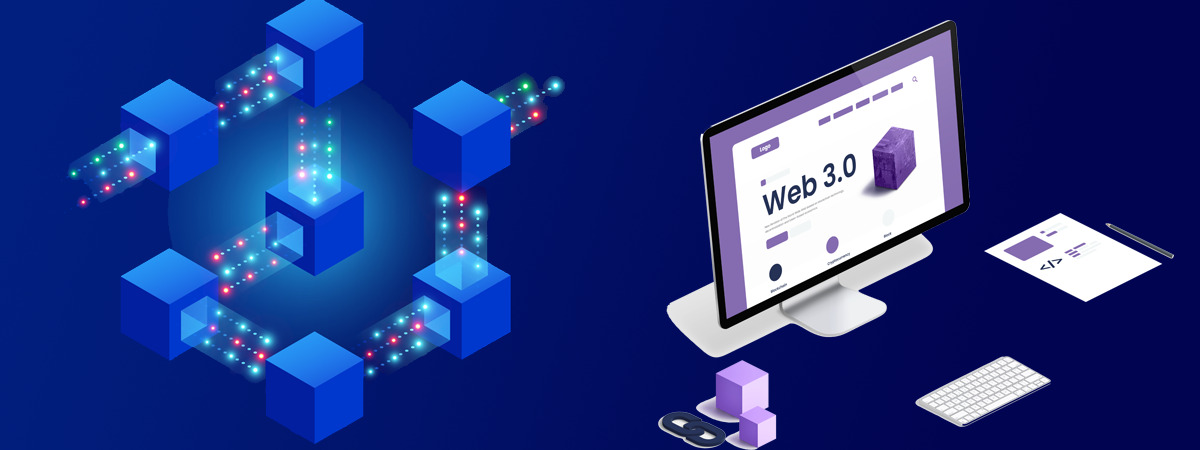Web3 is in the cryptonews at every turn. We’re doing our best to explain it in plain English, but sometimes plain English is too geeky for someone outside our little bubble of technology and blockchain. In our four part series, we’re helping clarify the foundational principles. Today, in part 2, we’ll answer the question “what is permissionless?”.
Part 2 of 4
Web3 Principles
- Trustless
- Permissionless
- Decentralized
- Payments
Permissionless Explained
Think literally for this definition! Unlike “trustless” , which is a misnomer, permissionless means what it says — a blockchain platform where you don’t need anyone’s permission to join. The price of admission is an internet connection.
OK, so taking things a bit more formally, permissionless technology in public blockchains allows anyone with an internet connection to anonymously join the network and transact with its blockchain. You don’t need permission to join, because there is no entity to restrict access or control participation. The blockchain network is open, transparent, public, borderless, neutral, censorship-resistant, and immutable. No permission is required to become part of the blockchain network or contribute to its upkeep, and no one can block users from accessing online services.
Permissionless to DApp Developers
With Web 2.0, we saw the rise of platforms like Apple, Facebook, and Google. Each of these networks enabled building on top of their platforms using their specialized tools (i.e., APIs). And we saw over and over the dangers of these walled gardens. Not only was interoperability of systems limited, but Facebook or Apple could change the rules, write their own competing product, or pull the plug on something essential. Developers gambled, and often lost, on these proprietary options.
The transition underway now to a decentralized internet gains momentum with each passing day. Decentralized Applications (DApps) include a user interface frontend with a smart contract backend. DApps are ‘permissionless’ — anyone on the blockchain network is free to use them. Web3 developers can focus on building applications for users, with no walled gardens or corporate controls. Data can be distributed across a variety of peer-to-peer networks. Developers can trust blockchain operators (e.g., nodes and masternodes) who are incentivized for providing services and ensuring success of the blockchain. With no third-parties regulating activity, the system relies on public consensus to validate transactions. Decentralized apps (DApps) are permissionless. Users won’t need user names and passwords, just a crypto wallet to access them. And DApps deployed on a blockchain network are hosted by every node that stores a copy of the blockchain ledger, ensuring that they are always accessible. Once a DApp is deployed on a blockchain network, it cannot be taken offline (e.g., by a central authority).
If privacy and transparency and important to your DApp, then permissionless blockchains are ideal. If security is important to you, permissionless blockchains are easier to maintain because users validate blocks and report bugs. You can collect ideas from developers, updates, and reviews from the community.


Leave A Comment